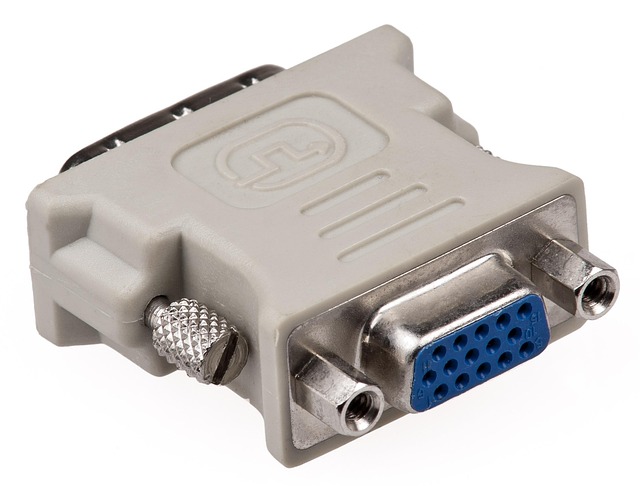
“The Ultimate Guide to DVI Ports: Everything You Need to Know”
The Ultimate Guide to DVI Ports: Everything You Need to Know
If you’re diving into the world of computer hardware, understanding the role of a DVI port is essential. Whether you’re upgrading your PC, building a new rig, or troubleshooting display issues, knowing how DVI ports work can make a huge difference in your setup and overall experience.
What is a DVI Port?
DVI stands for Digital Visual Interface. It’s a video connection standard used primarily to connect a video source, like a graphics card, to a display device such as a monitor. The DVI port was introduced to offer better image quality than its predecessor VGA by transmitting digital signals instead of analog, although some variants also support analog signals.
Types of DVI Ports
Understanding the different types of DVI ports helps you match your devices correctly and get the best display performance. Here are the main types:
- DVI-D (Digital Only): Transfers digital signals exclusively, providing high-quality video output.
- DVI-A (Analog Only): Transmits analog signals, useful if you’re connecting older monitors that don’t support digital input.
- DVI-I (Integrated): Supports both digital and analog signals, making it versatile for connecting to various monitor types.
Why Use a DVI Port?
In the world of hardver (hardware), using a DVI port has several advantages:
- High-quality video: Unlike VGA, DVI provides a cleaner, sharper image by transmitting digital signals.
- Compatibility: Many older and some current monitors still use DVI, so understanding this port ensures your gear will talk to each other seamlessly.
- Multi-monitor setups: If you’re into productivity or gaming, DVI ports can be a reliable part of your multi-display configuration.
Connecting and Troubleshooting Your DVI Port
Connecting devices with a DVI port is generally straightforward, but here are a few tips to keep in mind:
- Check port types: Ensure the port types on your graphics card and monitor are compatible (DVI-D, DVI-A, or DVI-I).
- Use quality cables: Cheap or damaged cables might cause signal issues or degraded video quality.
- Adjust display settings: Sometimes you need to tweak resolution or refresh rate in your operating system to optimize display output.
- Monitor firmware and drivers: Keep your display and GPU drivers up to date to avoid connectivity issues.
Future of DVI Ports in Hardware
While newer standards like HDMI and DisplayPort are becoming the norm with support for higher resolutions, audio transmission, and more, the DVI port still holds its place in many setups—especially in professional or legacy environments. It’s trusted for stable and high-quality video output without layering extra functionalities you might not need.
In the realm of hardver enthusiasts and PC builders, the DVI port symbolizes functional reliability—a connection that simply works, delivering crisp images without fuss. Whether upgrading or maintaining your system, understanding this hardware staple keeps you ahead in optimizing your visual experience.



